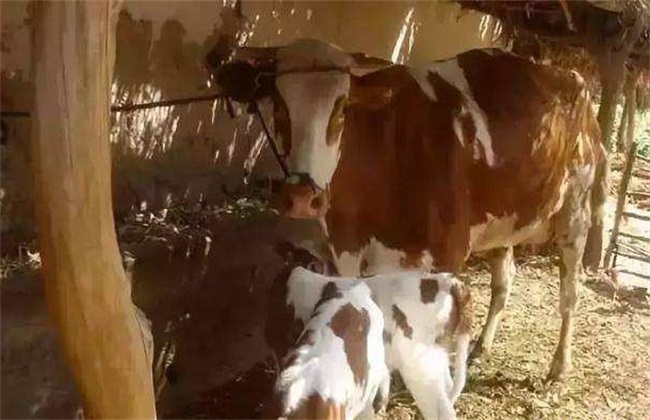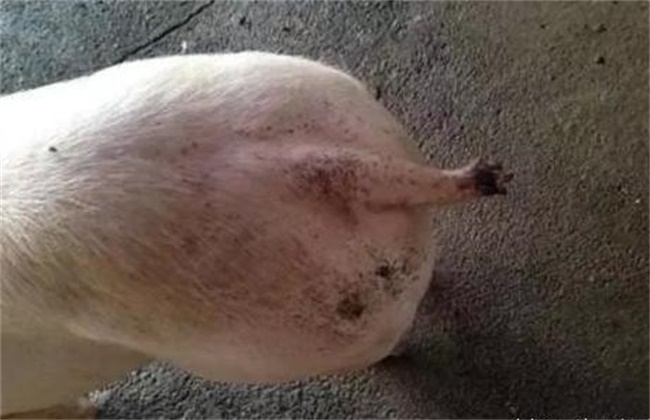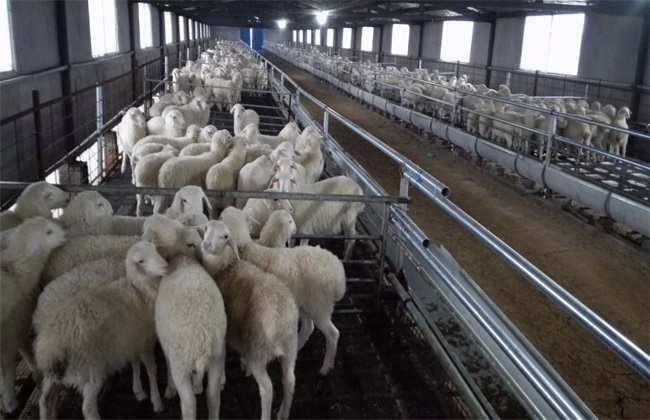Matters needing attention in postpartum nursing of cows
Cattle is an important breeding project in our country, and the breeding area in our country is also relatively large. When raising cattle, we should adjust our management methods according to the growth period and various stages of the cattle. Among them, the postpartum nursing work of cows is also very important, and there are many places we need to pay attention to. So what are the points for attention in postpartum nursing for cows? The following editor will give you a brief introduction, let's have a look!

1. Postpartum cleaning
The postpartum health of cows is very poor, and if mismanagement leads to infection, it will not only increase the cost of breeding, but also lead to death in serious cases. Therefore, after giving birth, we have to wash the sides, belly, breasts, back of the body, tail and other easily dirty places of the cow. Pay attention to the water temperature when cleaning, do not use cold water, should be carried out with warm water that is not hot. Then wipe it clean with clean grass or towels, and then remove the mat grass in time, replace the clean and dry mat grass, do not let the cow lie in a wet and cold place.
2. Pay attention to drinking water
After giving birth to a calf, the cow will consume a lot of physical strength, and the physique of the cow is very weak. Therefore, cows are also prone to dry mouth, but it should be noted that when feeding water, they should not be allowed to drink cold water. If the cow is allowed to drink cold water, it will cause the cow's body temperature to drop sharply. Resulting in body temperature environment discomfort, extremely prone to colds, fever and other problems. And stimulated by cold water, it will lead to cow placenta physique, resulting in serious damage to cow physique. Therefore, we must pay attention to the postpartum cow can not drink cold water, after the cow, let it rest for half an hour or so, and then feed the cow body temperature similar to warm water, about seven days in a row, and then gradually changed to room temperature water.
3. Excretion of placenta
Cows should pay attention to excreting the placenta about 6-7 hours after giving birth, and within 12 hours at the latest. After the discharge of the placenta, it should be removed away from the cow in time to avoid swallowing it, and check whether the discharge of the placenta is complete to avoid residue. If the placenta is not excreted within 24 hours postpartum or 12 hours in summer, then surgical exfoliation will be performed manually. And observe the excretion of the uterine excretion of the cow. If the uterine excretion is transparent in the end, it means it is almost clean. If the color is grayish brown and there is a foul smell within 10 days after delivery, then uterine inflammation may occur.
4. Points for attention
After the cow gives birth, we should pay attention to cover the warm for the cow in time to avoid the cold caused by the low temperature and affect the lactation and calf growth. Then povidone iodine disinfectant and other agents should be used to clean and disinfect the vulva of cows. About 5 days after delivery, you can properly feed some concentrate, but not too much, according to the cow's milk production and appropriate increase, but no more than 1 jin per day. It is necessary to properly feed some high-quality coarse feed, such as Leymus chinensis, to promote the growth of cows as soon as possible.
The above is a brief introduction to the matters needing attention of the cow after delivery. That's all for today's introduction. This article is for reference only. I hope it can help you all.
Related
- On the eggshell is a badge full of pride. British Poultry Egg Market and Consumer observation
- British study: 72% of Britons are willing to buy native eggs raised by insects
- Guidelines for friendly egg production revised the increase of space in chicken sheds can not be forced to change feathers and lay eggs.
- Risk of delay in customs clearance Australia suspends lobster exports to China
- Pig semen-the Vector of virus Transmission (4)
- Pig semen-the Vector of virus Transmission (3)
- Five common causes of difficult control of classical swine fever in clinic and their countermeasures
- Foot-and-mouth disease is the most effective way to prevent it!
- PED is the number one killer of piglets and has to be guarded against in autumn and winter.
- What is "yellow fat pig"? Have you ever heard the pig collector talk about "yellow fat pig"?



